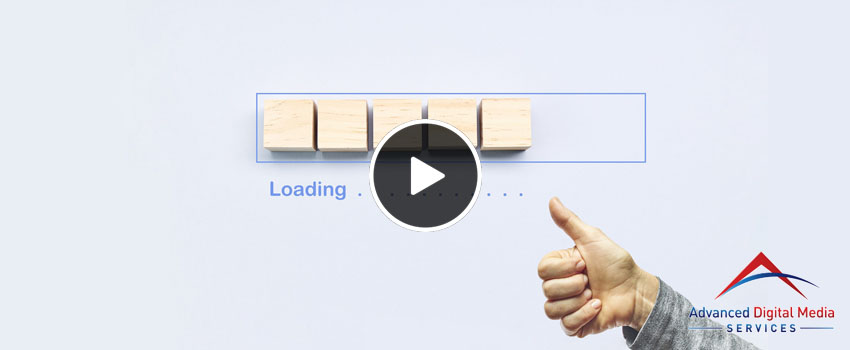Page speed is one of the most overlooked aspects of developing a website. Some people may think that the speed of your website is not important, but did you know that a simple one-second delay in page load can cost you 11% fewer views and a 7% loss in overall conversions?
Increasing your mobile page speed will have a significant impact on your customer engagement and sales. That’s why a fast loading site is what you need to make your business successful and keep your profits at an all-time high.
How Does Page Speed Affect Conversions?
One thing you must know about slow page speed is that it can definitely kill conversions. Studies show that 47% of customers stay on sites that only take two seconds or less to load, while 40% will leave a page if loading takes more than three seconds. This proves that if your site loads for more than three seconds, you risk losing almost half of your customers.
How Does Page Speed Affect Visibility?
Recent Google updates take the Google mobile page speed score into consideration when determining SEO rankings. In 2017, Google started ranking all search results based on the mobile speed of web pages. Surveys show that mobile searches have become more frequent than desktop searches in recent years, making efficient mobile design a crucial part of any website.
Google directs users to your page based on its loading speed and how well you cater to the users’ needs. This means that mobile page speed plays a major role in your website’s visibility.
If you want to know how to increase mobile page speed, here are five tips you can use:
1. Minimize Server Response Time
The speed of your mobile page depends on your web coding, but it can also be determined by your server. To be able to reduce the loading time of your mobile page, measure how long your server waits before responding to a request from a browser. If your server has a long response time, it will make your page speed slow.
You can minimize your server response time by using better web server software, improving the scope and quality of your web hosting service, or reducing the resources required by your web pages.
2. Avoid Excessive Redirects
Redirects are essentially instructions that take your users to another page automatically. The more redirects you have on your page, the slower it is going to load. This can be a more serious problem for mobile devices because they are likely to depend on slow networks.
Through careful monitoring and limiting the number of redirects you have on your page, you can save your users more time waiting for the page to load.
3. Measure Round-Trip Times
Round-trip time or RTT is the time required for requested data to be transmitted from the user’s device to an information source, and the return of completed data to said device. The interval of your site’s RTT depends on its connection source, the amount of traffic to retrieve data, and the number of other requests to the server.
By measuring the round-trip times and eliminating excess weight such as redirects, you can effectively improve your page speed, decrease the number of round-trips, and make sure the data is transmitted correctly.
4. Load Above-the-fold Content First
When your users visit your website, it is important that they see the best and most relevant content before seeing anything else. Code your website to display above-the-fold content. During page speed tests, Google eliminates pages that don’t load necessary content first. Prioritizing which content you want to be the most visible to your users will make your page load faster and stand out.
5. Put JS at the Bottom of HTML Files and CSS at the Top
The purpose of JavaScript is to provide interaction with your page. It brings color to your page and gives it a dynamic design. However, it may have a significant impact on your page speed because it can delay other downloads when it starts loading first. In order to speed up your page load, move the JavaScript to the bottom of the HTML files.
On the other hand, CSS details how the elements of your page are supposed to be displayed. When you put them at the top or beginning of your HTML file, the page will load faster, enabling your users to access the information they need as soon as possible.
You can use mobile page speed tests to check your page speed for mobile and develop it accordingly. If you need help improving the speed of your website, we have the best page speed optimization experts at Advanced Digital Media Services. We can optimize your website’s coding, redirects, and server performance to provide you with increased page speeds and satisfied customers. Visit our website to know more about our services and contact us now!






